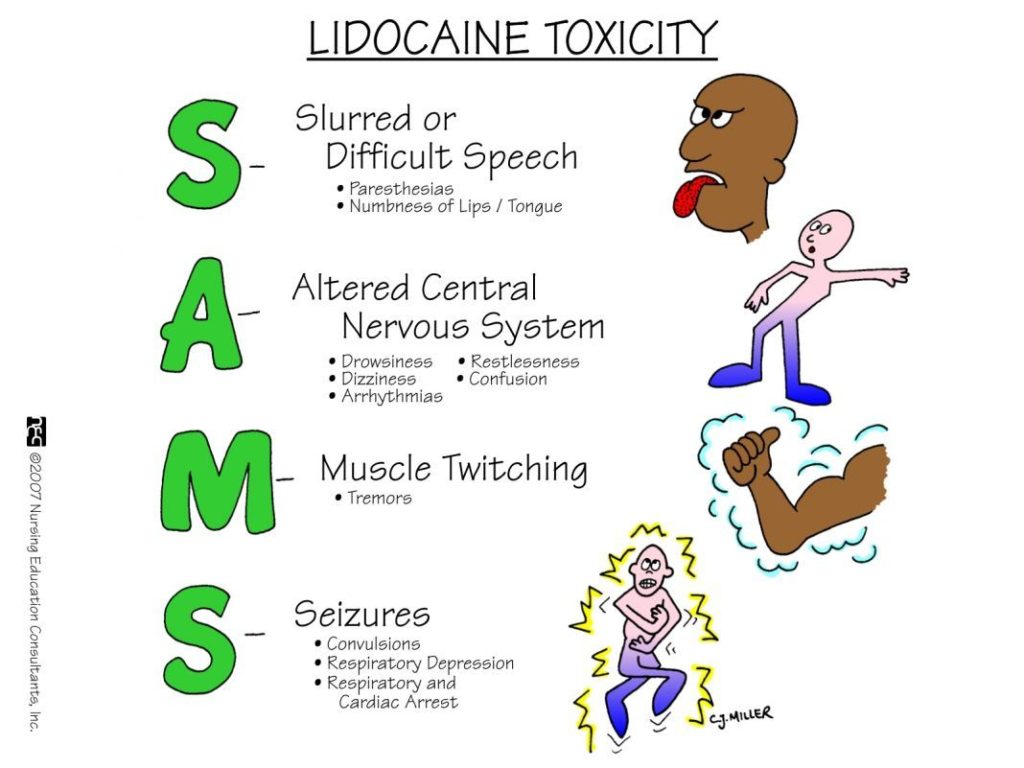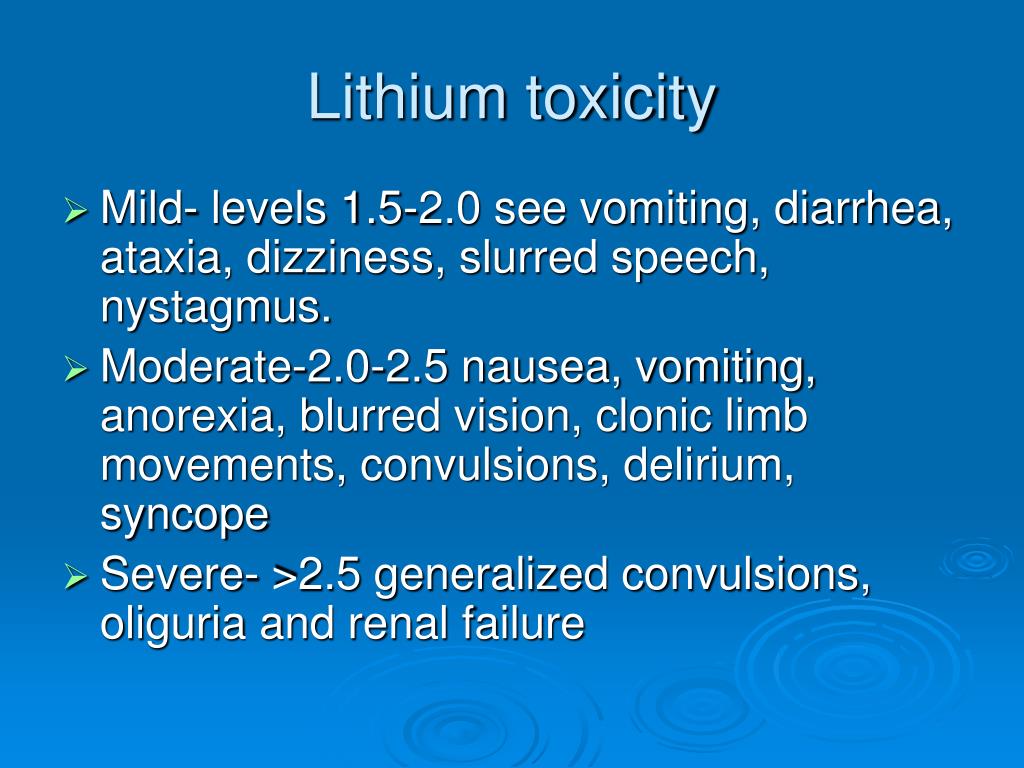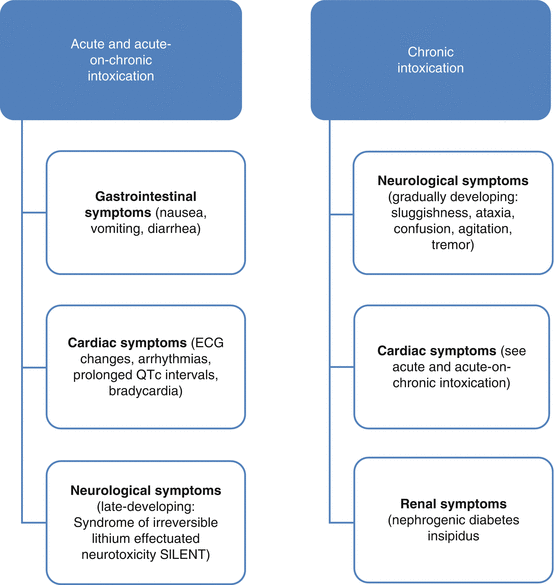

Lithium in bipolar disorder: can drug concentrations predict therapeutic effect? Clin Pharmacokinet 2002 41: 639–60 Overview of the mechanism of action of lithium in the brain: fifty-year update. Lithium salts in the treatment of psychotic excitement. The checkered history of lithium in medicine. Blakiston, 1894Įl-Mallakh RS, Jefferson JW. Uric acid as a factor in the causation of disease: a contribution to the pathology of high arterial tension, headache, epilepsy, mental depression, gout, Bright’s disease, and other disorders. Observations on the nature and cure of gout, on the nodes of joints, and on the influence of certain articles of diet in gout, rheumatism, and gravel. Further research is required to establish the potential benefits of assisted elimination on clinical outcome in patients with lithium poisoning. The choice between haemodialysis and continuous haemodiafiltration techniques will depend on local accessibility and urgency of enhancing lithium elimination. Enhanced elimination should be considered in patients at greatest risk of severe poisoning: namely those with chronic or acute-on-therapeutic toxicity, those with clinically significant features, and those with chronic toxicity whose serum lithium concentration is >2.5 mmol/L. Haemodiafiltration sustained for >16 hours allows effective removal of total body lithium, thereby avoiding rebound effects. Continuous arteriovenous haemodiafiltration and continuous venovenous haemodiafiltration increase lithium clearance, albeit to a lesser extent than haemodialysis, and are more widely accessible. Although haemodialysis is highly effective in removing circulating lithium, serum concentrations often rebound so repeated or prolonged treatment may be required.

Therefore, enhanced lithium clearance has been explored as a means of minimising exposure to high tissue concentrations. Lithium toxicity may be life threatening, or result in persistent cognitive and neurological impairment. Conversely, chronic toxicity and acute-on-therapeutic ingestion are associated with prolonged exposure to higher tissue concentrations and, therefore, greater toxicity. Acute ingestion in lithium-naive patients is generally associated with only short-lived exposure to high concentrations, due to extensive distribution of lithium throughout the total body water compartment. Lithium has a narrow therapeutic range, and several well characterised adverse effects limit the potential usefulness of higher doses.

Lithium salts have been used in the prophylaxis and treatment of depression and bipolar disorder for >50 years.


 0 kommentar(er)
0 kommentar(er)
